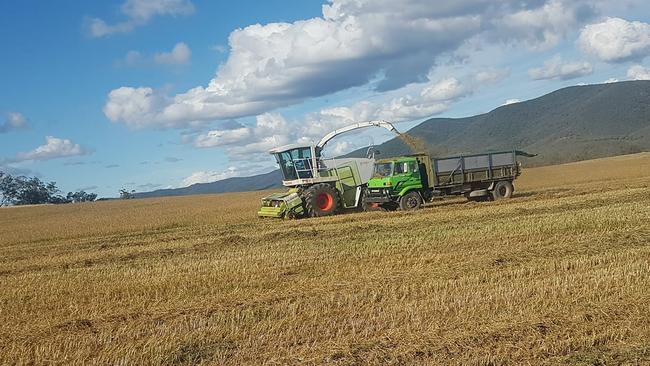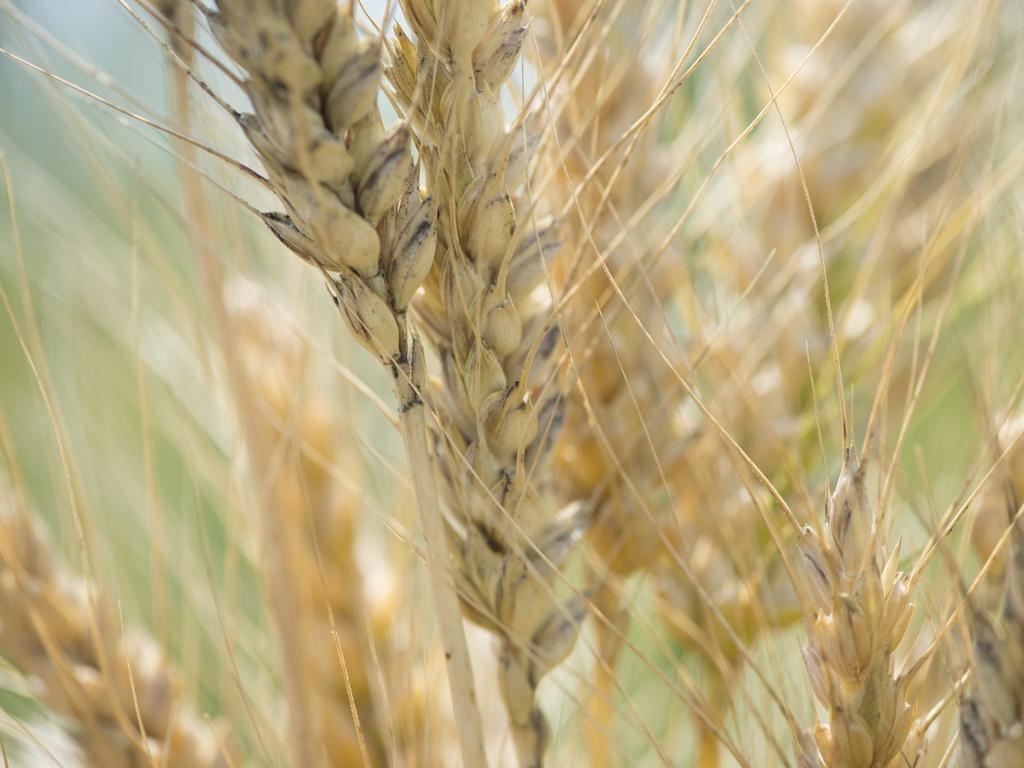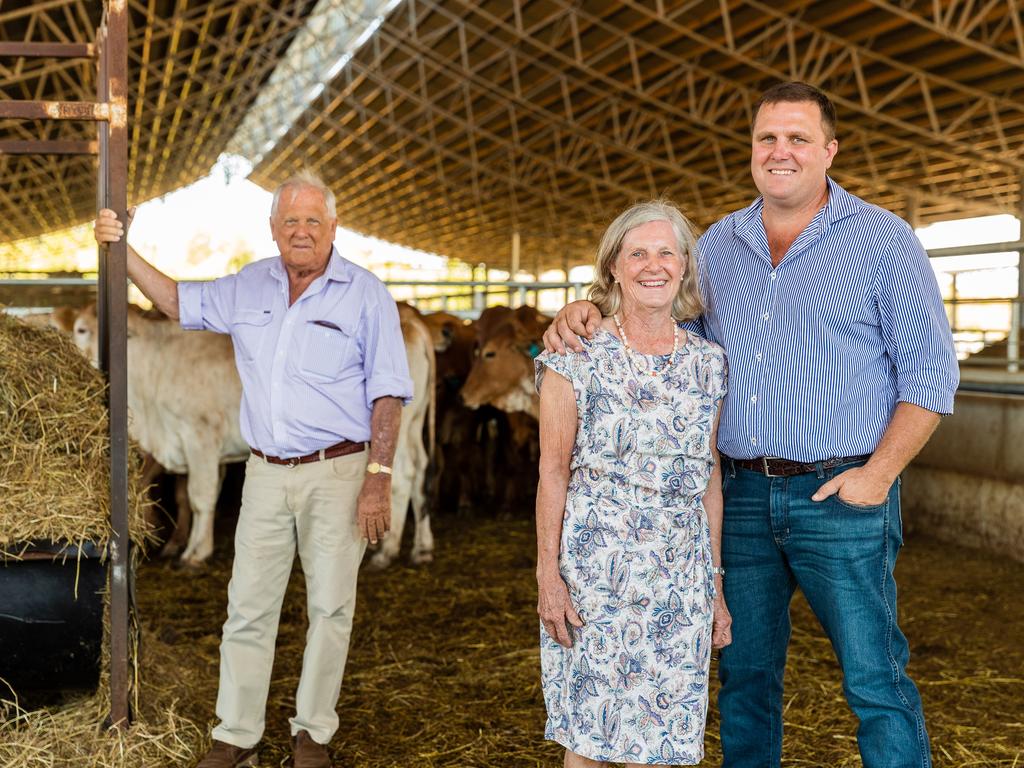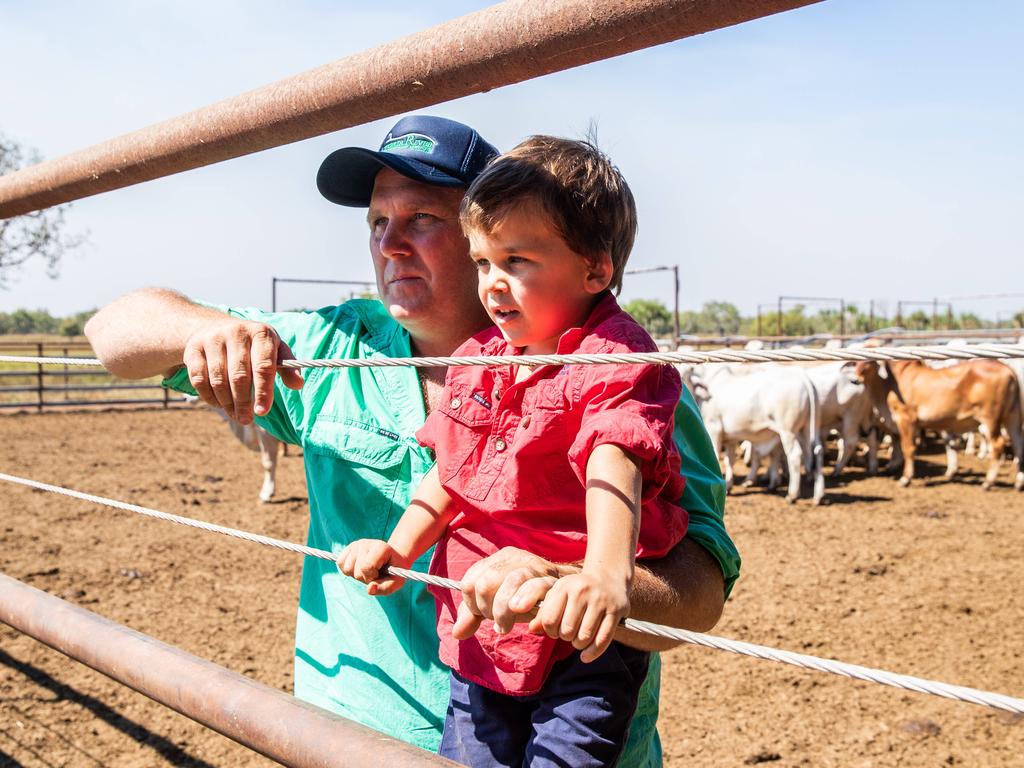Farm exports primed for post-pandemic rebound
Farm exports have mostly stayed strong during the COVID-19 crisis, a report finding some changes will remain.

Farm exports have mostly stayed strong during the COVID-19 crisis with good prospects of a post-pandemic rebound, a Department of Agriculture report has found.
The report released Friday also says the pandemic is driving some changes that will likely “remain part of the future trade landscape”.
These include shifts in consumers buying more online, higher demand for stable and safe food, a greater awareness of supply chain risks, and increased use of digital trade systems.
The Australian Bureau of Agricultural and Resource Economics and Sciences’ head of forecasting and trade, Jared Greenville, said “the prospects for recovery for Australian agricultural trade are good”.
This positioned Australia well to take advantage of opportunities during the global economic post-pandemic recovery.
“Supply chain and logistics disruptions observed in the early stages of the pandemic are benefiting from government and industry responses, and despite the risks, overall export performance has remained strong,” Dr Greenville said.
Official trade data indicates that despite the pandemic, most agricultural exports have continued to leave Australia and reach consumers in international markets, ABARES said.
“Export levels have been on par with what would have otherwise been expected during early 2020.”
Where results were down on five-year average levels, it was usually due to reasons other than COVID-19, such as the effect of drought on domestic production.
ABARES warned the outlook would vary between those agricultural exports that were essential for consumption, and those that were discretionary.
Initially the impacts of the COVID-19 outbreak on Australia’s agriculture, forestry and fisheries sectors were limited to slowing demand in China, ABARES said.
“The subsequent global spread of the virus is now impacting on global markets, extending the scope of possible impacts on the sector,” it said.
“For many Australian agricultural sectors, this is the first time in recent years that markets are experiencing price movements driven by falling demand,” ABARES said, and prices could soften.
ABARES said while the pandemic precipitated a global economic downturn, it was unlikely to have a significant impact on demand for essential food products.
“As economic activity declines and global incomes are reduced, products consumed through more discretionary spending have been more significantly affected.”
These include high quality foods for cafes and restaurants.
Some exports suffered an immediate downturn, including seafood where the COVID-19 outbreak in China has been estimated to have led to a fall in export earnings of around $200 million, though the sector had partly recovered.
Other exports including meat and live animals had been strong but were at some risk, ABARES said.
Live animal exports are a “watch point” as the pandemic evolves, as demand from Indonesia and Vietnam declines, but export values remain above the five-year average.








To join the conversation, please log in. Don't have an account? Register
Join the conversation, you are commenting as Logout